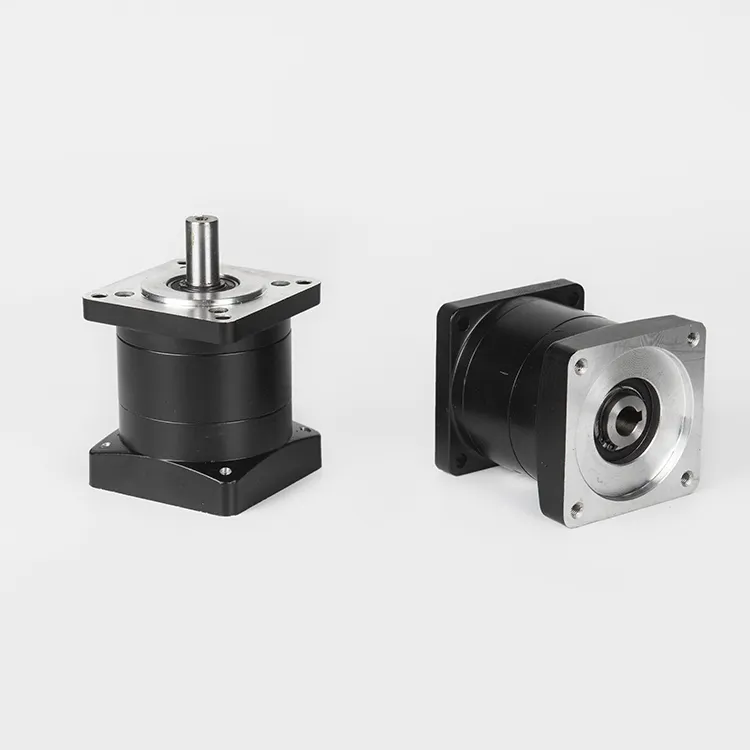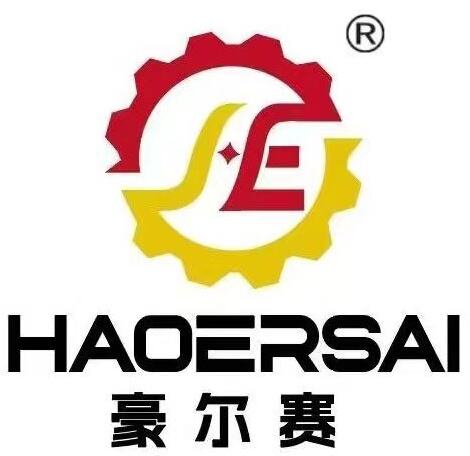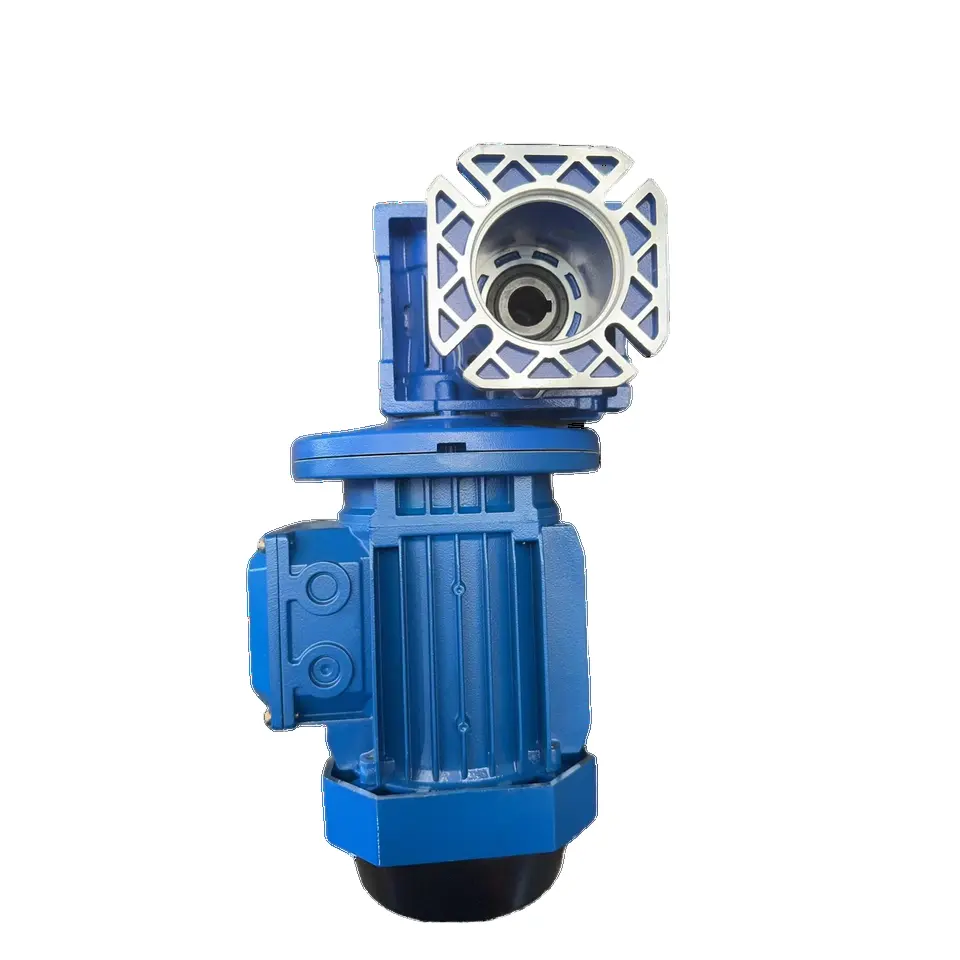Comprensión del poder de la ventaja mecánica en el control de movimiento
El fascinante mundo de la ingeniería mecánica nos ofrece soluciones innovadoras para amplificar la fuerza y controlar el movimiento. En el centro de muchas aplicaciones industriales y automotrices se encuentra la caja reductora, un sistema mecánico ingenioso que transforma la potencia de entrada en una mayor salida de par. Este dispositivo sofisticado desempeña un papel crucial en todo, desde equipos de fabricación hasta vehículos eléctricos, haciendo posible lograr una mayor fuerza con menos potencia de entrada.
A caja de reducción , también conocido como reductor de velocidad o caja de engranajes, funciona según principios mecánicos fundamentales para multiplicar el par mientras reduce la velocidad de rotación. Esta maravilla mecánica ha revolucionado innumerables aplicaciones donde se requiere un alto par, desde maquinaria pesada hasta instrumentos de precisión. Comprender cómo funciona una caja reductora de engranajes es esencial para ingenieros, técnicos y cualquier persona involucrada en el diseño de sistemas mecánicos.
Los Principios Fundamentales de los Sistemas de Reducción de Engranajes
Mecánica Básica de Engranajes y Relaciones
En esencia, una caja reductora funciona según el principio de ventaja mecánica mediante relaciones de engranajes. Cuando dos engranajes de tamaños diferentes engranan entre sí, crean una relación basada en su número respectivo de dientes. El engranaje más grande que gira con el engranaje más pequeño provoca una reducción de velocidad y un aumento correspondiente de par. Esta relación sigue la ley fundamental de conservación de la energía, donde la potencia permanece constante mientras se modifica el equilibrio entre velocidad y par.
Por ejemplo, si un engranaje de entrada con 10 dientes acciona un engranaje de salida con 40 dientes, la relación de transmisión es de 4:1. Esto significa que el eje de salida girará a una cuarta parte de la velocidad del eje de entrada, pero con cuatro veces el par. Esta multiplicación de fuerza es lo que hace tan valiosas a las cajas reductoras en numerosas aplicaciones.
El papel de múltiples etapas de engranajes
Muchas cajas reductoras utilizan múltiples etapas de reducción para lograr una mayor multiplicación del par. Cada etapa amplifica el efecto, permitiendo aumentos notables en el par de salida. Una reducción de dos etapas con relaciones de 4:1 en cada etapa da como resultado una reducción total de 16:1, proporcionando dieciséis veces más par de salida en comparación con la entrada.
La configuración de estas etapas debe diseñarse cuidadosamente para mantener la eficiencia mientras se logra la relación de reducción deseada. La geometría adecuada de los engranajes, la selección de materiales y la lubricación son factores críticos para garantizar un rendimiento óptimo y una larga vida útil del sistema.

Elementos de diseño que maximizan el par de salida
Optimización del perfil del diente del engranaje
La forma y el diseño de los dientes de los engranajes afectan significativamente la eficiencia y las capacidades de transmisión de par de una caja reductora. Las cajas de engranajes modernas suelen utilizar perfiles de engranajes en evolvente, que proporcionan un funcionamiento suave y silencioso al tiempo que maximizan la transmisión de potencia. El ángulo de presión, la profundidad del diente y la relación de contacto se calculan cuidadosamente para minimizar el desgaste y mantener un par constante.
Técnicas avanzadas de fabricación permiten perfiles de dientes precisos que pueden soportar cargas más altas mientras reducen la fricción y el ruido. Esta atención al detalle en la geometría del engranaje asegura que la caja reductora pueda entregar de forma confiable el par aumentado necesario para aplicaciones exigentes.
Selección de materiales y tratamiento térmico
La elección de materiales para engranajes y ejes desempeña un papel crucial en la capacidad de par. Los aceros de alta calidad, a menudo cementados o templados en todo el volumen, proporcionan la resistencia y durabilidad necesarias. Tratamientos superficiales y procesos adecuados de tratamiento térmico garantizan que los componentes puedan soportar las fuerzas incrementadas generadas dentro de la caja reductora.
Los avances metalúrgicos modernos han llevado al desarrollo de aleaciones especializadas que ofrecen un rendimiento superior bajo cargas elevadas. Estos materiales, combinados con una fabricación de precisión, resultan en cajas reductoras capaces de entregar una multiplicación excepcional del par mientras mantienen una larga vida útil.
Aplicaciones y consideraciones de rendimiento
Usos Industriales y de Fabricación
En entornos industriales, las cajas reductoras son componentes esenciales en sistemas de transporte, mezcladores y maquinaria pesada. La capacidad de controlar con precisión la velocidad mientras se entrega un alto par motor las hace ideales para aplicaciones que requieren un manejo o procesamiento cuidadoso de materiales. El equipo de fabricación a menudo depende de cajas reductoras para proporcionar la fuerza necesaria para cortar, formar o moldear materiales.
La industria de procesamiento de alimentos, por ejemplo, utiliza cajas reductoras en equipos de mezcla donde un alto par motor a bajas velocidades es crucial para mantener la calidad del producto. Estas aplicaciones demuestran la versatilidad y la importancia de una reducción adecuada en los procesos modernos de fabricación.
Aplicaciones Automotrices y de Transporte
El sector automotriz emplea ampliamente cajas reductoras en diversos sistemas, desde conjuntos de transmisión hasta trenes motrices de vehículos eléctricos. En los vehículos eléctricos, las cajas reductoras son particularmente cruciales, ya que permiten que los motores eléctricos de alta velocidad entreguen una salida de baja velocidad y alto par necesaria para una propulsión eficiente del vehículo.
Las aplicaciones automotrices modernas a menudo requieren cajas reductoras compactas que puedan ofrecer una multiplicación sustancial de par manteniendo una alta eficiencia. Esto ha llevado a innovaciones en diseño y materiales, resultando en sistemas más ligeros pero más potentes.
Estrategias de Mantenimiento y Optimización
Gestión de Lubricación
La lubricación adecuada es esencial para maximizar el par y la eficiencia de una caja reductora. El lubricante correcto ayuda a reducir la fricción, disipar el calor y proteger las superficies de los engranajes contra el desgaste. El análisis regular del aceite y los programas de mantenimiento aseguran un rendimiento óptimo y una vida útil prolongada.
Los lubricantes sintéticos modernos ofrecen una protección superior y pueden mejorar significativamente la eficiencia de los sistemas de reducción de velocidad. La selección adecuada del lubricante debe considerar factores como la temperatura de operación, las condiciones de carga y los factores ambientales.
Monitoreo del Rendimiento y Mantenimiento Preventivo
El monitoreo regular del rendimiento de la caja reductora ayuda a identificar posibles problemas antes de que conduzcan a fallas. El análisis de vibraciones, el monitoreo de temperatura y el análisis de aceite proporcionan información valiosa sobre el estado del sistema. La implementación de un programa integral de mantenimiento preventivo asegura una salida de par constante y un funcionamiento confiable.
Los sistemas avanzados de monitoreo ahora pueden proporcionar datos en tiempo real sobre el rendimiento de la caja reductora, lo que permite el mantenimiento predictivo y la optimización de los parámetros de operación. Este enfoque proactivo ayuda a mantener la máxima eficiencia y prolonga la vida útil del equipo.
Preguntas Frecuentes
¿Qué factores afectan la eficiencia de una caja reductora?
La eficiencia de una caja reductora depende de varios factores clave, incluyendo la geometría de los engranajes, la calidad del material, la efectividad del sistema de lubricación, la temperatura de operación y las prácticas de mantenimiento. La alineación adecuada, la lubricación suficiente y el mantenimiento regular son cruciales para mantener una eficiencia óptima.
¿Cómo elijo la relación de transmisión adecuada para mi aplicación?
La selección de la relación de transmisión adecuada requiere una consideración cuidadosa de los requisitos de la aplicación, incluyendo la velocidad de salida deseada, el par necesario, el ciclo de trabajo y las condiciones de operación. Consultar con profesionales de ingeniería y fabricantes puede ayudar a garantizar la selección óptima de la relación según las necesidades específicas.
¿Cuáles son los signos de desgaste en una caja reductora?
Los indicadores comunes de desgaste incluyen niveles de ruido aumentados, vibración excesiva, generación inusual de calor, contaminación del aceite y rendimiento reducido. La inspección y supervisión regulares pueden ayudar a detectar estos signos tempranamente, permitiendo un mantenimiento oportuno y evitando fallos catastróficos.
Tabla de Contenido
- Comprensión del poder de la ventaja mecánica en el control de movimiento
- Los Principios Fundamentales de los Sistemas de Reducción de Engranajes
- Elementos de diseño que maximizan el par de salida
- Aplicaciones y consideraciones de rendimiento
- Estrategias de Mantenimiento y Optimización
- Preguntas Frecuentes

